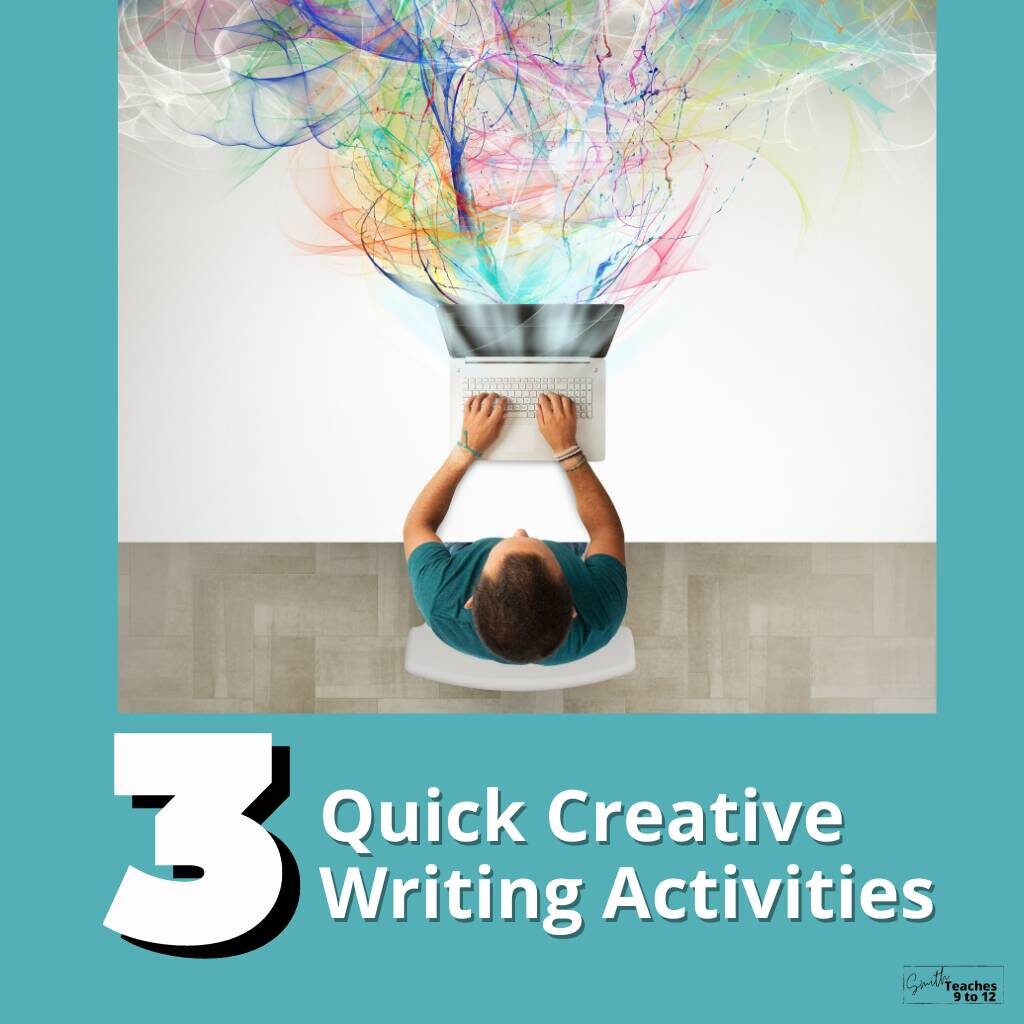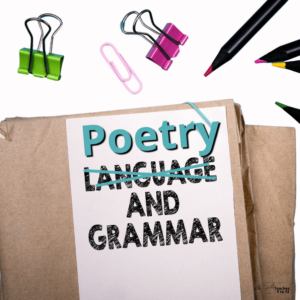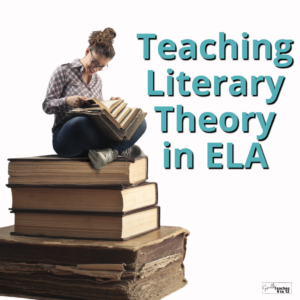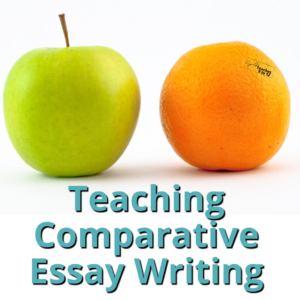Sharing is caring!
The original quick creative writing… or maybe it wasn’t quick!?
For Sale: Baby shoes. Never worn.
6 words but a full story, right?
It has all of the parts of a story: character, plot (with a climax & resolution), and conflict. It also evokes a strong image and emotions. I find such stories are a great way to get students working more closely with these story parts and using their inference skills before tackling longer works of fiction, or even non-fiction.
I use quick creative writing activities with short, short stories in a variety of ways throughout the school year in my high school classroom. But the end of the school year is a great time to introduce these activities. Here are three quick creative writing activities you could use right away in your classroom too!
1. Six-word Stories
Six-word stories based on the six-word memoirs from Larry Smith (no relation!) provide a quick and creative writing challenge for students.
Smith’s stories are snapshots of life stories in, you guessed it, 6 words. There’s even a section of the site devoted to teens. Use these as a form of introduction at the start of the year (I’m not a fan of traditional ice breakers but these work well.). Or consider writing the ‘memoir’ of a character or summing up a unit as part of the review process or a whole school year:
Pandemic – everyone is tired. Summer’s here!
Check out this FREEBIE 6-word story for back to school and this FREEBIE for Spooky Season in October!
I like to use templates throughout the year to infuse some creative writing into ELA. Check out these 30 creative writing templates using 6-word stories or these seasonal writing options.
Students write their stories and can share on a class bulletin board, out loud on a creative writing café day, or create a class collection to print as a chat-book for a take-away for each student at the end of the school year.
2. 55-Word Stories
An online search will find you swimming in options for 55-word stories but I tend to focus on those by Steve Moss, who ran an annual contest and edited several anthologies too. I love them for practicing inference skills. Each story usually has a twist and so a first read or a re-read means students have to connect pieces that might not be immediately obvious. An added challenge is in having students write their own 55-word stories. To plan the parts on a larger scale and then boiling it down to 55 words to share character, plot, conflict, and a great twist!
Here’s a ready-made lesson plan so your students can jump write in with writing their own 55-word stories!
3. From Anecdote to Poetry
Boiling it down is the name of the game with this activity. I ask students to write out something that happened to them recently – a quick moment from their life as a quick write or free write (often as a bell ringer to warm up for class). Always making clear that this is something for school and might be shared with other students in the class throughout the process. So after the quick write, they start to boil it down. First cut it in half; just go through and cross out words. It doesn’t have to be grammatically correct but it should still convey the moment. Then again, down by half. The ultimate goal is to get it down to 10-20 words at most and then to create a free verse poem from the story.
Check out this student example from opening anecdote to ‘final’ poem:
If you’re looking for an already made lesson to complete this poetry activity click here.
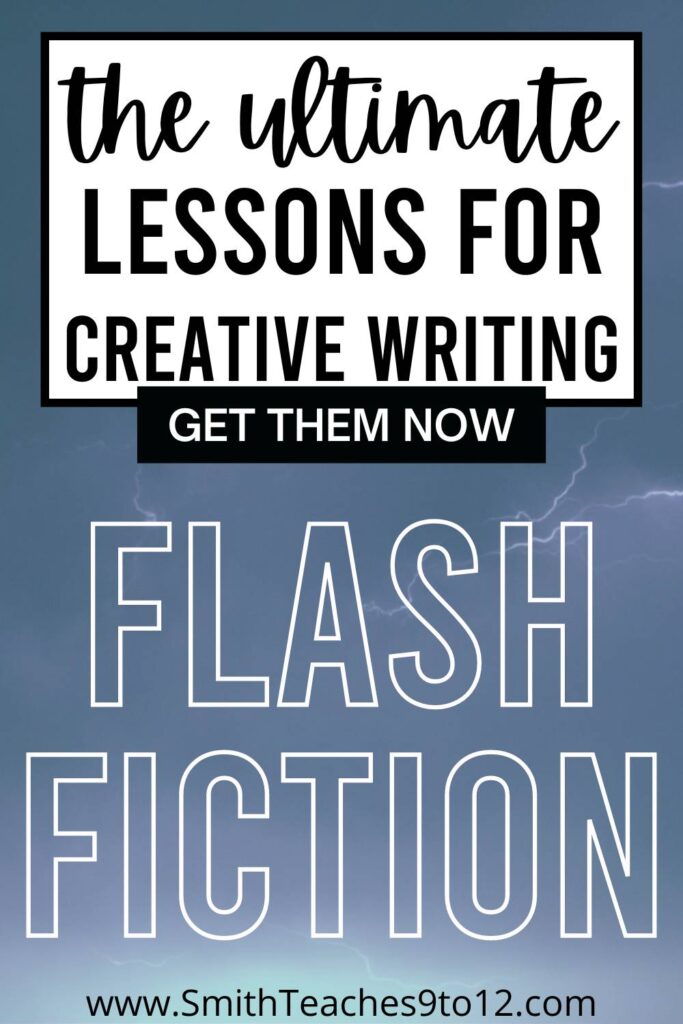
NOTE: This was first published in May 2021 on www.elamatters.com a collaborative blog project of which I’m a contributor. Check it out for more info from a whole host of middle and high school teachers.

Related Articles:

